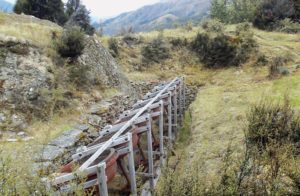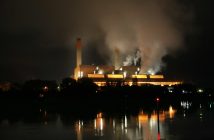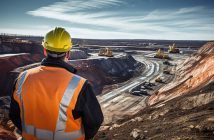Findings from researchers at Auckland’s Unitec Institute of Technology show a new way of managing land restoration that could revolutionise how mining areas are restored worldwide
The process, known as ‘ecosystem-scale translocation’, was trialled over 75 hectares at the Stockton mine near the historic South Island mining town of Denniston and gives promise of immediate recovery for the animal and plant life, better environmental outcomes and virtually no long-term management costs.
Unitec Senior Lecturer for Environmental and Animal Sciences Dr Stephane Boyer says the most common approach to mine restoration involves replanting with the same plant species found in at the original site, creating top soil seed banks and reintroducing key animal species.
“Unfortunately reclamation can take decades and result in only partial success.
“Our research shows if topsoil, vegetation and all the animal communities they contain are carefully collected and immediately transferred to a reception site the results are astonishingly better than methods currently used around the world.”
“Using this translocation method we see faster recovery of a functioning ecosystem and limited opportunities for invasion by unwanted species – a recurrent and costly problem in land restoration.”
Dr Boyer says this presents an immediate and practical way to recover disused mining sites and could be used by opencast mining companies and land developers when building new roads or infrastructure on areas covered by native habitat.
He says more research is needed to understand how soil depth, subsoil substrate, hydrology could affect long term success and what function of the ecosystem may be affected by the process.




